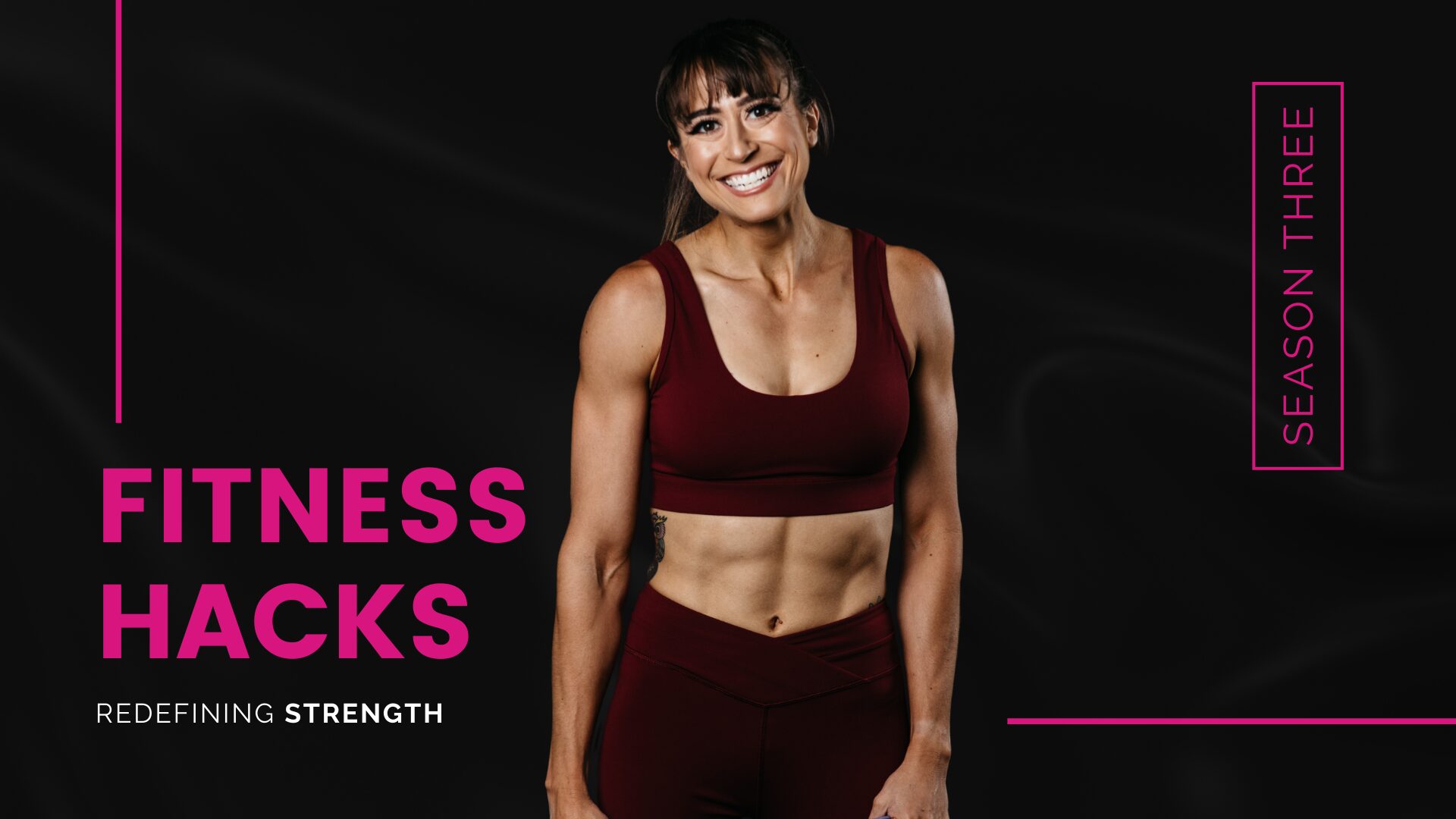
The Most Underrated HAMSTRING Exercise
If you want to strengthen and build your hamstrings, you want to include both hip extension and knee flexion movements.
For hip extension, think Romanian Deadlift or Good Morning for example and for knee flexion think about those hamstring curl machines.
But how can you work and even isolate those hamstrings if you don’t have any equipment at home?
So many of those go to moves require gym access or at least more equipment…
That’s why I wanted to share one of my go-to knee flexion hamstring moves, whether you have no tools while training at home or access to a full gym – The Glute Bridge And Curl.
I love this move because it can help you really target those hamstrings through knee flexion or bending your knees to curl your heels toward your butt while also activating and working your glutes.
It is also easy to progress and regress in a variety of ways without adding loads to match your needs and goals. And if you do have a gym, you can even progress through the same but different by using a variety of tools to change the instability and even range of motion.
But before I go into some of the different variations, I want to chat about the basic form of the glute bridge and curl and how you can do this amazing move at home…
How To Do The Basic Glute Bridge And Curl:
To do the Glute Bridge And Curl without any fancy equipment, you can use towels on a hardwood or tiled floor or paper plates on carpet. If you even have a simple set of sliders or furniture movers those can work as well.
Place a towel under each foot, making sure your heel is on the towel, as you lie on your back with your knees bent and feet flat on the ground. Bend your elbows to drive your arms down into the ground. Perform a posterior pelvic tilt, slightly tilting your pelvis up toward your ribs. This will make sure you don’t arch your back as you perform the move.
Bridge up, squeezing your glutes.
Holding this bridge, slide your feet out to straighten your legs. You will lower your butt toward the ground as you lengthen but don’t lose that posterior pelvic tilt.
After fully extending your legs, curl your heels back in toward your butt to lift back up into the bridge. Almost think about trying to drag up the flooring as you curl back in so that you are creating tension to really work those hamstrings.
Return to the bridge and repeat the move.
Make sure you do not arch to lift up higher. You want to really use your glutes and abs to brace and support during this move so you can focus on those hamstrings powering the knee flexion.
Also, move slowly as you extend out to work your hamstrings through the eccentric portion of this move as well!
Modifications Of The Glute Bridge And Curl:
Now as simple as this move may seem, it is more challenging for our hamstrings than we actually give it credit for.
The great part is, this move is easy to modify to meet our needs. And, by modifying, we can even focus on each side independently to correct any strength imbalances we may have.
To modify this move, you can start by extending one leg at a time to focus on each side working. You can alternate curls or simply stay on one side.
Once you feel ready to progress from here, you can start with just using the two-leg bridge and curl for the eccentric portion.
You will extend both legs out slowly together, then curl one in at a time. Alternate which you curl in first and stay focused on that drag back in to really make your hamstring work.
If you do want to advance the move and get a unilateral focus, try a single leg bridge and curl with your other leg lifted up off the ground so it can’t assist.
Do not progress the move though if you feel your lower back compensating. You want to make sure to use those glutes in the bridge up and keep your abs engaged through that posterior pelvic tilt!
Equipment Variations Of The Glute Bridge And Curl:
If you do have access to different tool, you can even progress this move through doing the same but different.
You can create more instability from the version off of towels or sliders by using the suspension trainer. Or you can even increase the challenge by using a bigger stability ball which increases the height you have to bridge up!
If you have a rower you can even have some fun using that instead.
So many ways to vary a move and make it work for us.
What is your favorite way to perform the glute bridge and curl?
Want to stay up to date with all of the latest and greatest from Redefining Strength?
Join my FREE daily newsletter:
–> Join RS!




